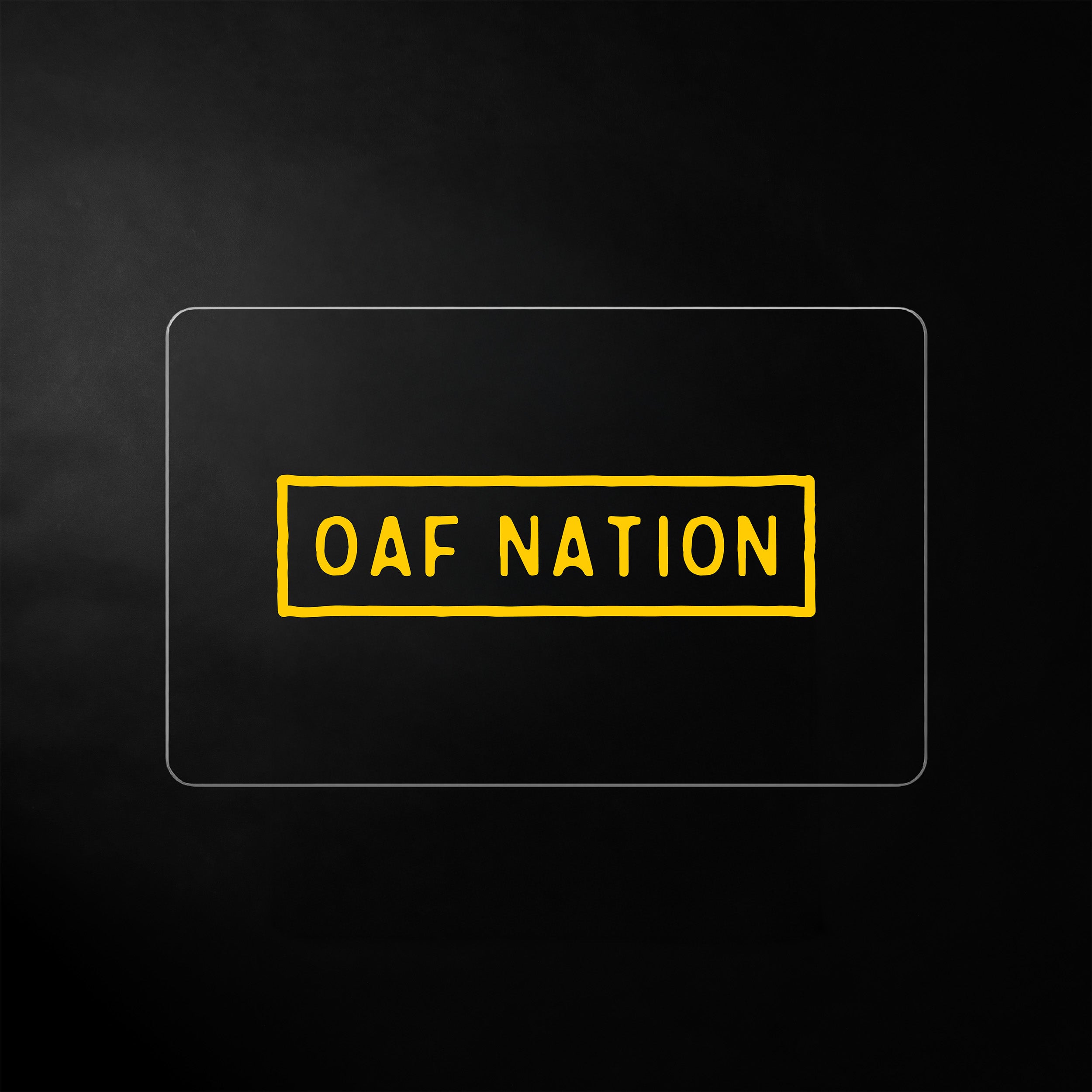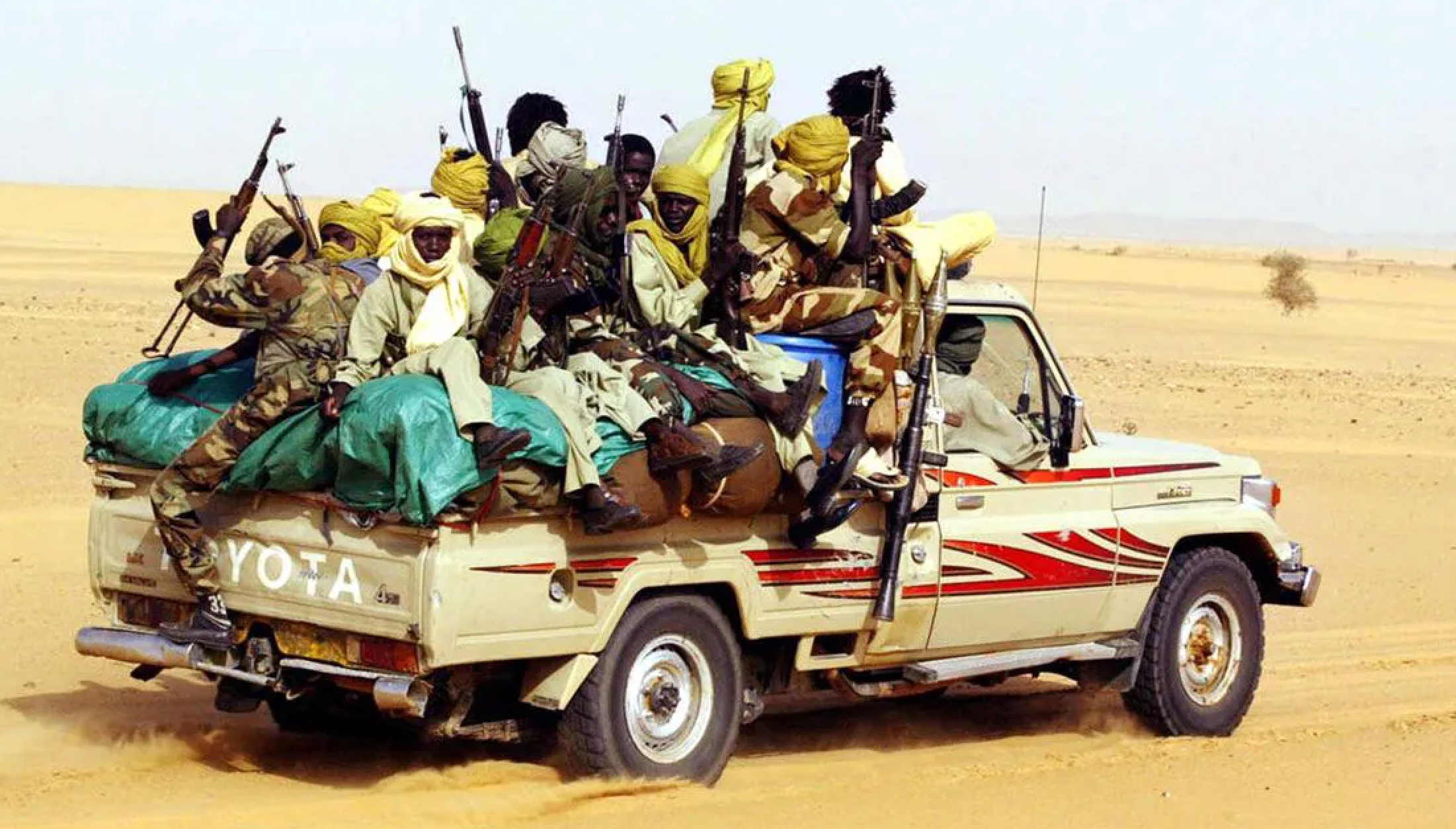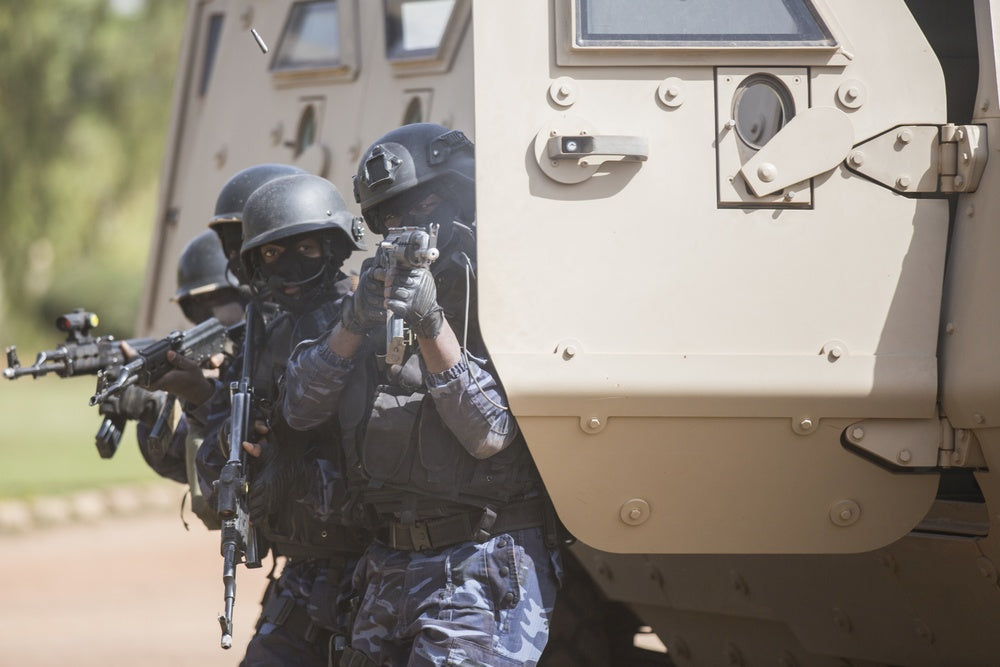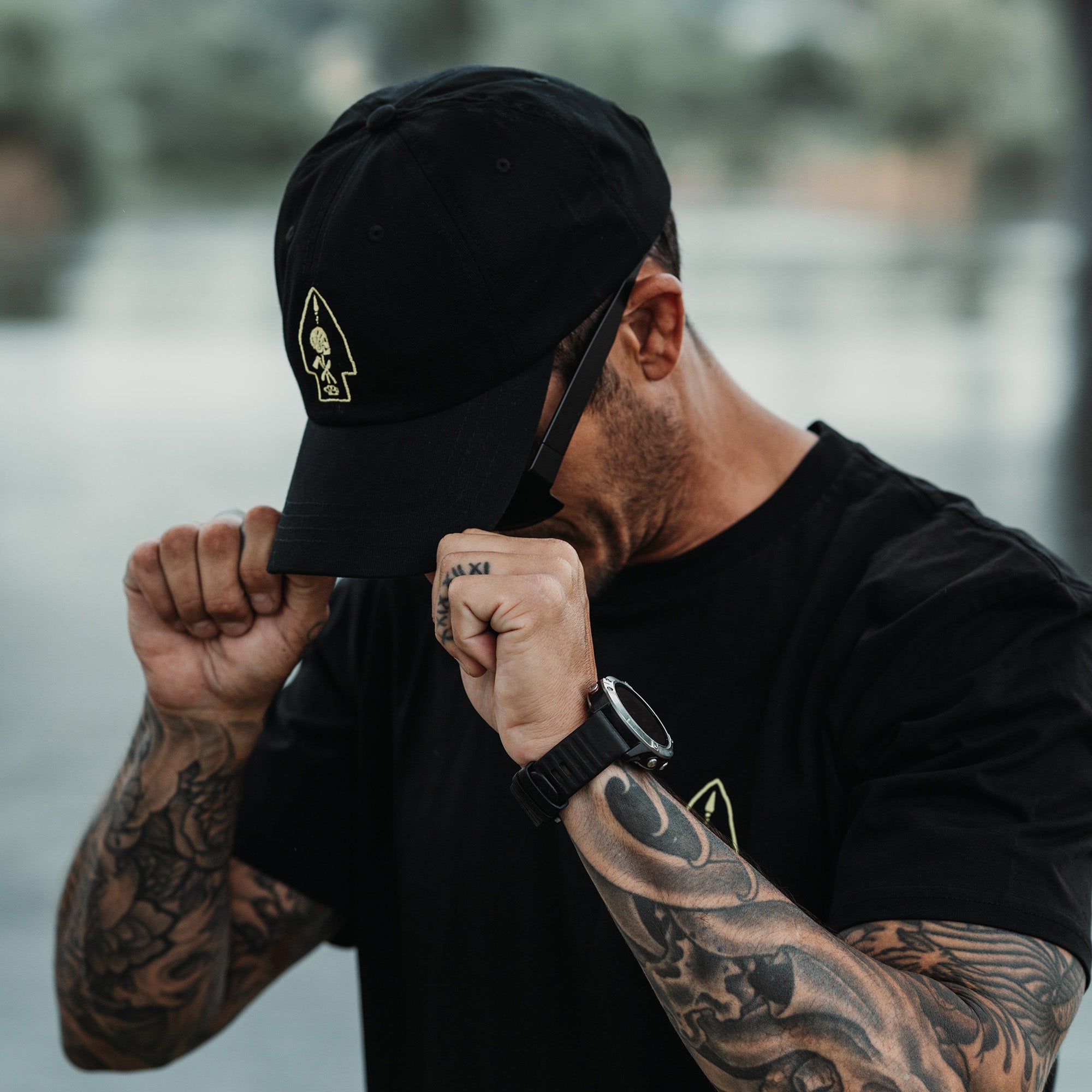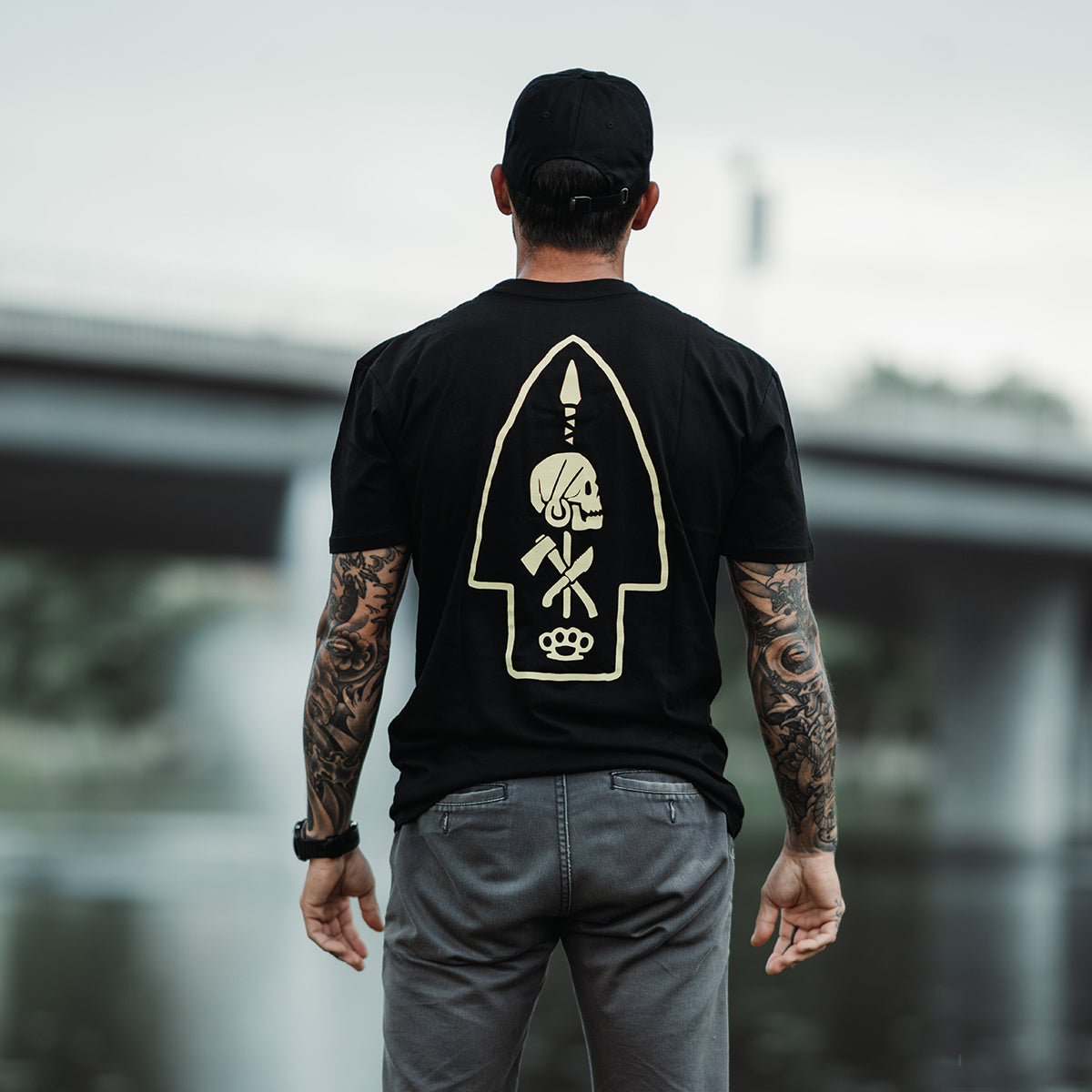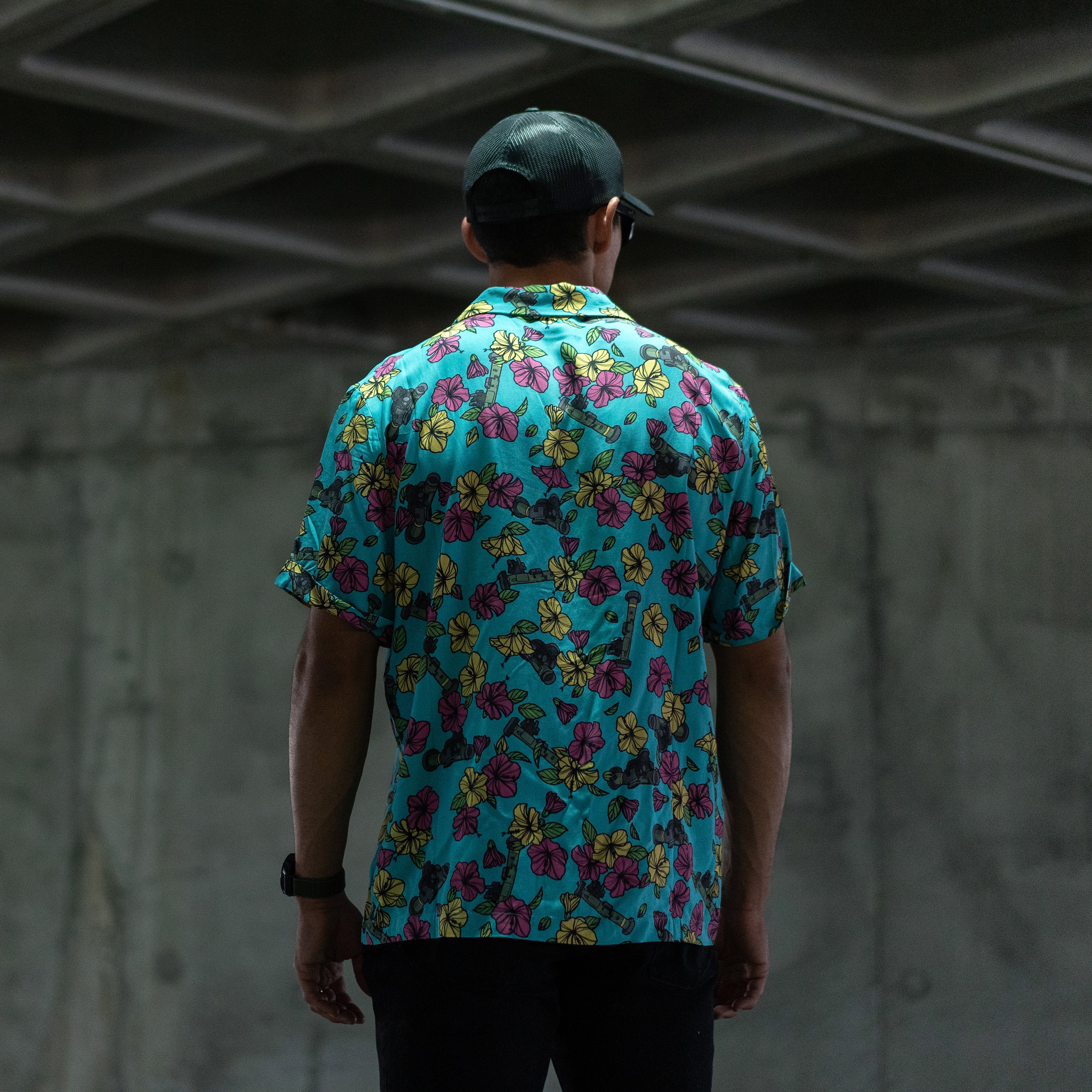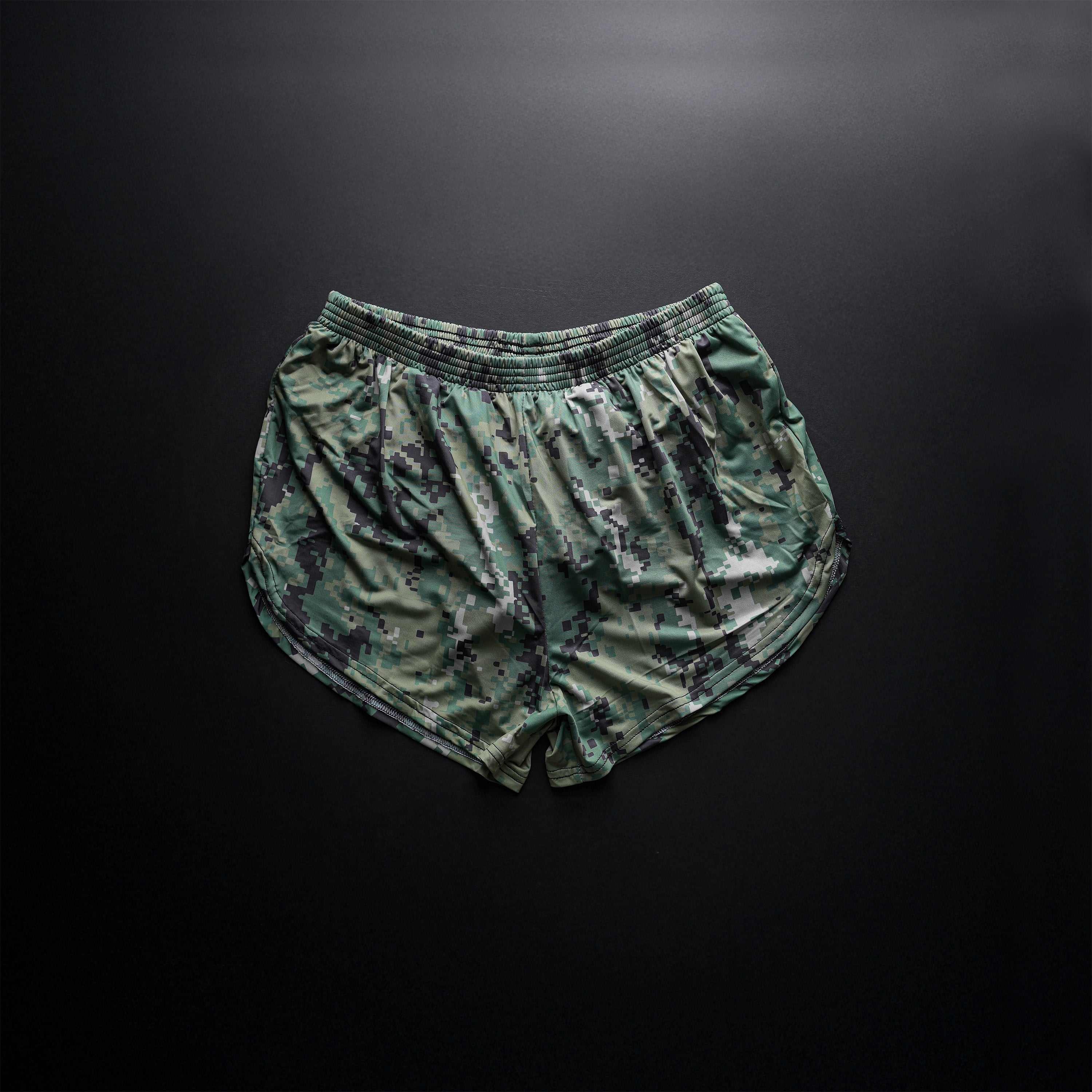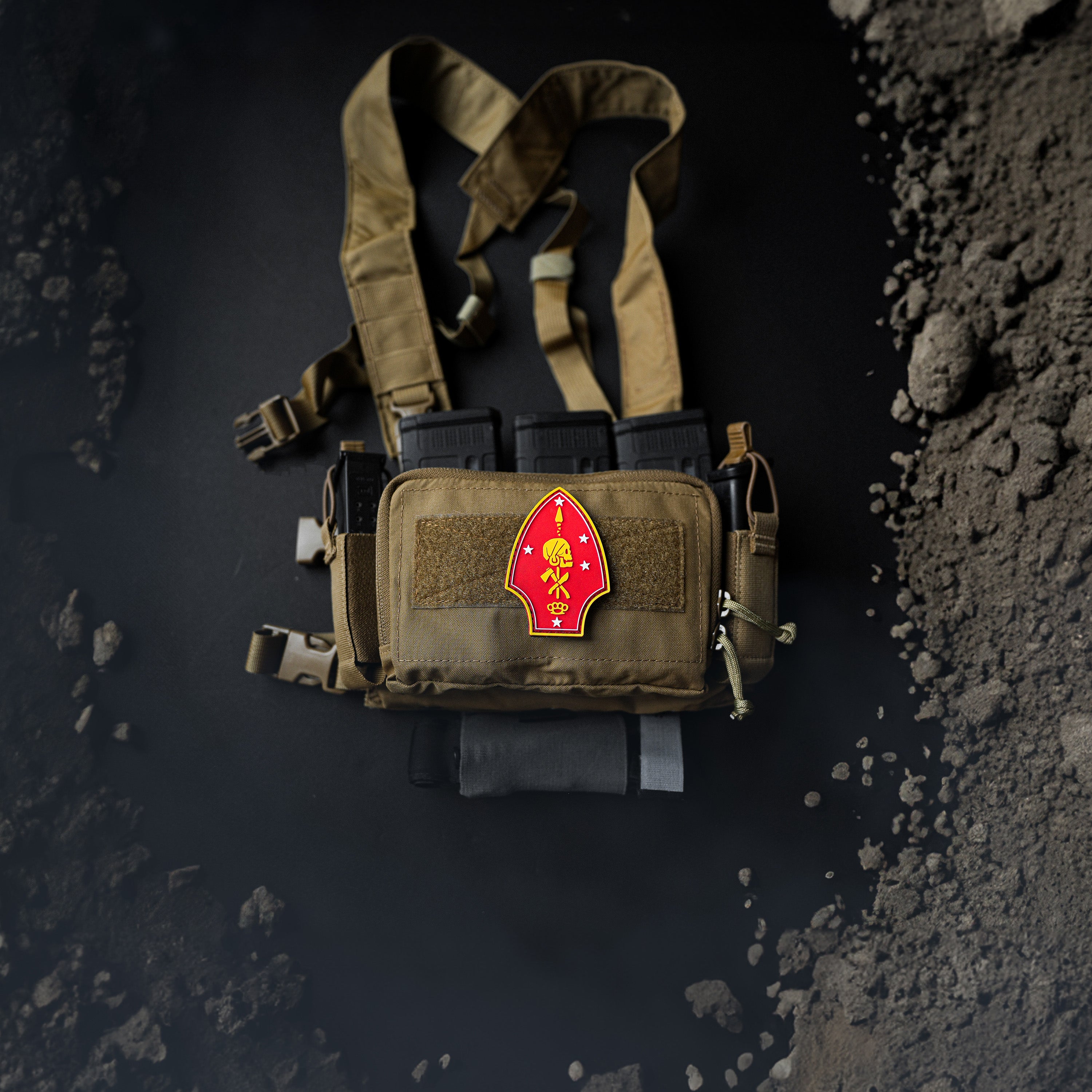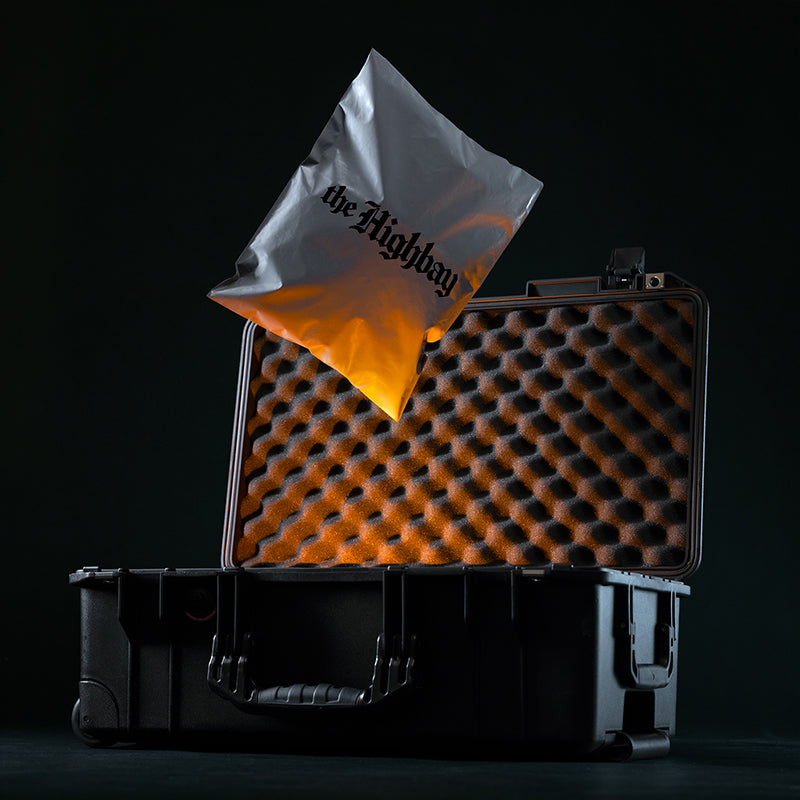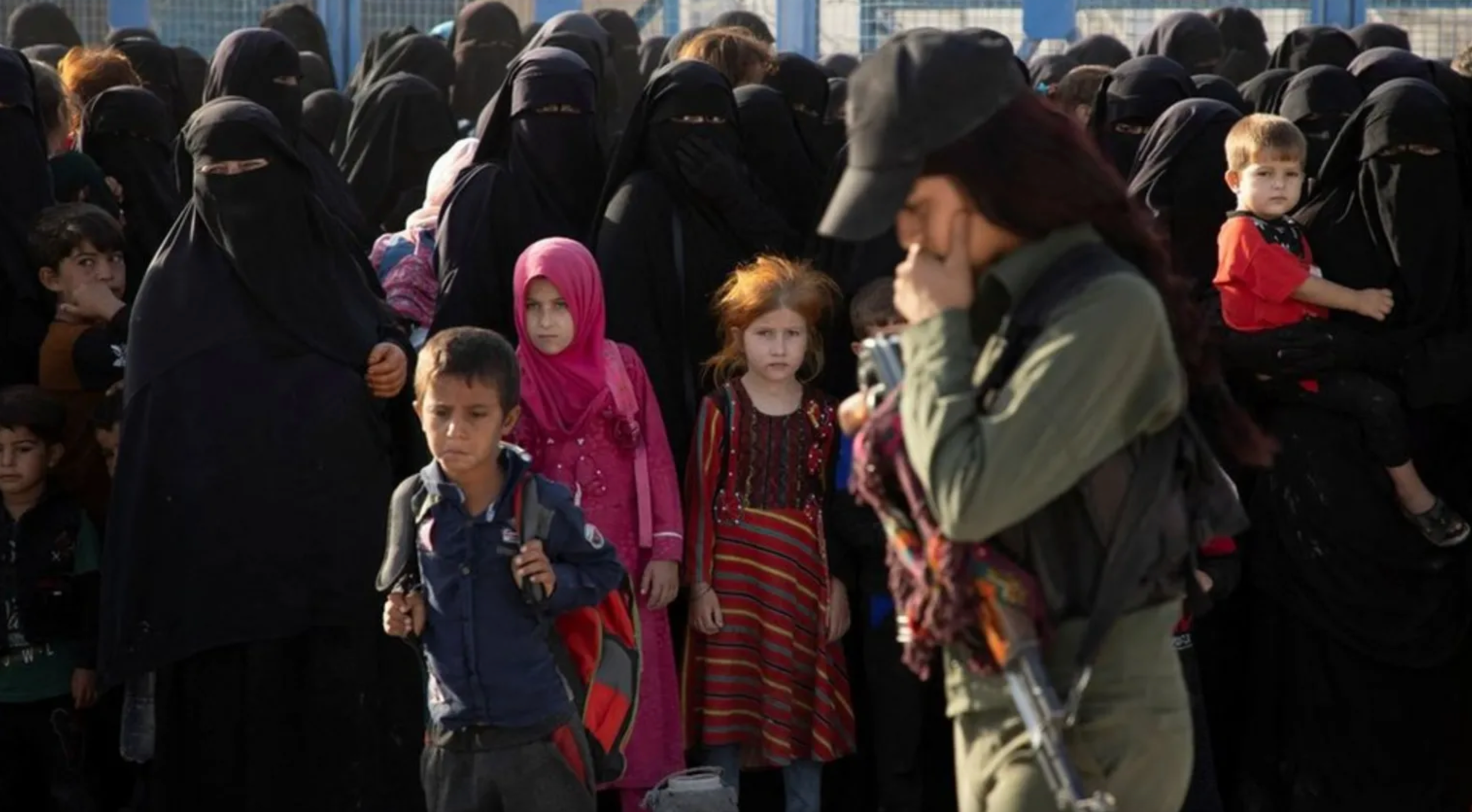
Breeding Grounds of Hate
In the Al-Hol camp (Syria) on August 26, 2022.
BY GABRIEL FANELLI
The prisons and refugee camps across the Middle East established in the wake of armed conflict are notorious incubators of extremism and radical ideology. Nine members of the Islamic State’s (IS) top leadership did time as detainees in U.S. built Camp Bucca detention center in Iraq – with the now deceased Abu Bakr al-Baghdadi spending five years there. In March 2009, all detainees were released, and the camp was closed. This was a regrettable decision given how prevalent the radicalization of future IS fighters was inside the decrepit barracks. Syria now houses the majority of IS prisoners under control of the Syrian Democratic Forces (SDF) in Rojava. The disaffected families of these prisoners fill the tents of refugee and internally displaced persons (IDP) camps, which have taken on the same program of radicalization that characterizes the prisons their fathers, brothers, uncles and friends are held in. The problem that these prisons and camps present to global security is grave, yet the international community offers no immediate solutions to aid Rojava in dealing with the issue.
General Mazloum Abdi, Commander in Chief of the SDF, claims there are roughly 12,000 IS prisoners inside Rojava, though some put this number at 10,000. Roughly 5,000 of them came immediately after the fall of Baghouz in 2019 when the SDF declared victory over IS. General Mazloum also laments that the Rojavan economy can no longer handle the high costs of maintaining the care of these men – which is incredibly humane given the nature of their offenses and includes their meals and medical care. Medical care in al-Sina prison in Hasakah is conducted by IS inmates who are also doctors and have struck a deal to care for the health of the inmates in exchange for slightly better living conditions. Many of the men in prison were between 13 and 18 years old when they were captured, and as such the SDF calls them Ashbal al-Khalifa or Cubs of the Caliphate. Their formative years are spent inside a prison being further radicalized, just like at Bucca.
IS fighters not yet detained have made attempts to break into the prisons to free their comrades, and the constant threat of a prison outbreak in Raqqa, one of the largest prisons, is a security threat to the SDF to this day. When he was alive, Abu Bakr al-Baghdadi took to the minbar to deliver sermons on the importance of freeing those behind bars stating, “We will never forget you...freeing you is a duty.”
From the inside, the prisoners have attempted to tunnel their way out like a Muslim Andy Dufresne, though I doubt they hid their slow progress behind a Racquel Welch poster. The British have footed the bill for the renovation and expansion of al-Sina prison, to the tune of 20M dollars after a breakout attempt in 2020. General Mazloum gave the international community three options: repatriate your citizens and let them stand trial in their home country, set up an international tribunal to prosecute these individuals, or pay the cost of housing European and other foreign terrorists in Rojava. Without one of these happening, Rojava faces an insurmountable problem in the event they lose control of the prison system. Despite the injustice in how these men have become the responsibility of the SDF, the Kurds are committed to the humane treatment of every prisoner within their custody.
The most infamous prison break happened at al-Sina in January 2022 when two suicide bombs went off at the gate. In the ensuing battle, 120 SDF soldiers were killed, many of them by Turkish drones which flew overhead and seemingly aided the IS plan to release prisoners. In the end of the battle, which assuredly was meant as an attempt by IS to take over Hasakah itself, 1,000 prisoners escaped, close to 400 IS fighters were killed, and despite the recapture of most of the prisoners, several hundred were successful in escaping.
When IS took over Raqqa and declared it the capital of the Caliphate they invited Muslims worldwide to come and join their fight and live in Raqqa. It is estimated that 53,000 from over 80 countries answered the call. This number includes women and children. Many of those women and children now live inside IDP and refugee camps and their countries refuse to repatriate them, along with whoever brought them to Syria, leaving their future in the hands of the SDF who maintain little if any control over the camps.
Al-Hol is the largest camp inside Rojava with a population of 70,000 and growing. It is considered the most dangerous in the world. It has three sections – Iraqi, Syrian and International. The women in the international section have formed a group called Jabal al-Baghuz or Baghuz Mountain and are determined to keep the ideals of their imprisoned or deceased husbands alive. Kids in these camps sing Islamist anthems that praise the very thing that imprisoned their own family much in the same way young kids in Mexico praise the cartels by singing narcocorridos. They vow to avenge their family's death or imprisonment and praise the bravery of the jihadists. The camp itself is completely outside of any international control and run entirely by IS, who routinely smuggles young boys out of the camp. SDF guards offer notional assistance in control of the camp, but murders, suicide bombings, and frequent communication with IS fighters on the outside goes unchecked.
Children of mothers who die while in the camp are either hidden by former IS brides who are still sympathetic to the cause, or they grow up in orphanages overseen by caretakers who often do not even know the nationality of the children they are caring for.
The question of how to stem the tide of adolescent radicalization inside refugee camps is not one with an easy answer, but if not solved in the near future could see a new generation of IS fighters in the tens of thousands who have not yet committed any atrocities but have spent their youth planning to do so. As in any war, it is the youth who are the most disaffected, hurt, and traumatized. Securing Rojava’s prison system is of great importance, but preventing the need for dozens more prisons is even greater.




